
TELLING

RUTHS IN A CHURCH CRISIS
CHAPTER ONE
W HAT YOU ARE READING began as a series of lectures delivered in Boston a few months into the Catholic pedophile crisis. The crisis (to stay with that clich for a moment) was provoked when the Boston Globe reported how the local archdiocese handled priests accused of pedophilia. The topic for my lectures had been set about a year earlier. It brought together questions I had been writing on for a decade. I had no idea that the topic would coincide with such painful months in the history of Bostons Roman Catholic churchesindeed, of the Catholic Church in America. Still, when the Globe stories began streaming out in early January 2002, I decided to leave the lectures exactly as they were originally conceived. I was convinced that Catholics were obliged especially in those months not only to speak about what had happened, but to try to say how things might be done differently. We were obliged to think precisely about which kinds of truth needed telling and how best they could be told into a crisis, if they could be told at all.
Even under that conviction, delivering the lectures was not easy. Many in the audience were angry and heartsick from the shock of the daily revelations. What would tomorrows newscasts bring? Would the priest of their parish or a childhood pastor be the next one exposed? Was the archbishop staying or going? Where was the pope in all of the turmoil? There were darker fears as well. Some people saw the growing press coverage as the latest round of anti-Catholic politics, the Globes revenge on not only Cardinal Law but the citys Irish establishment. Others worried that the crisis revealed the perilous vulnerability of churches to press attack. Others still were overwhelmed just by the sufferingof the boys or young men who had been sexually abused; of their parents and families; of parishioners whose lifelong confidence in their church was bitterly contradicted; of priests who had not committed abuse and were in danger of unjust suspicion; even of the priests who had committed abuse, but who were still human souls in need of forgiveness.
I was and was not an outsider in Boston. I didnt know the archdiocese, but I did know the story. In July 1997, I had watched on local television as a Dallas jury made history. Its members assessed $119.6 million in damages against the Catholic diocese of Dallas for gross negligence in failing to discipline a pedophile priest. The judgment set a record for cases of clerical abuse and so earned stories in USA Today and the New York Times. There was even a passing mention by Dan Rather. Like so many Catholics living in Dallas, I had been caught up in the case for weeks.
The jurys finding came in a civil trial of eleven cases involving Fr. Rudy Kos. The cases accused Kos of having sex with a number of boys from 1981 through 1992 when they were between nine and sixteen years old. Ten of the plaintiffs identified themselves as victims of Koss abuse. The eleventh case was filed by parents of a young man who killed himself in 1992 at the age of twenty-two. In testimony, the young men still alive described various sexual acts that Kos performed on them hundreds of times. (One of the macabre sidelights of the trial was watching the staid local newspaper trying to hint, say, at the mechanics of foot fetishism.) Lawyers for the plaintiffs then showed that the Catholic diocese had been warned of Koss activities with boys at least as early as 1985. The Catholic diocese finally sent Rudy Kos for treatment in 1992, but while misleading parishioners about the real reason for his absence. The diocese continued to support Kos for another two years, not least by paying off $25,000 in credit card debt.
The issue in the Dallas civil trial was not whether Fr. Rudy Kos had forced sex on the boys. The question was whether the diocese was liable for allowing him to continue doing so. The jury agreed unanimously that the diocese was liable for between 85 and 50 percent of the real and punitive damages in each of the cases. Although the Catholic bishop of Dallas professed deep sorrow over what happened and eventually ordered special prayers and fasts, he wouldnt, of course, admit that he or any other official had been negligent. Some priests were bolder in defense of clerical privilege. The head of diocesan fund-raising, later removed, suggested that pastors should begin transferring assets to get them beyond reach of a settlement. A former chancellor of the diocese, who failed to act on numerous complaints against Kos, and who was almost cited for contempt of court during the trial, told the Dallas Morning News that the victims parents were really the ones to blame: It doesnt appear they were very concerned about their kids.
I watched the verdict live on a local broadcast that scorched July afternoon. There was a fat file of news clippings beside me and tablets full of notes. I had no financial stake in the outcome, but I was caught up in it. I had once taught at a local Catholic university and its affiliated seminary. In my first year there, I taught Rudy Kos.
Kos was enrolled in a remedial course designed to cram seminarians with whatever minimum of Scholastic philosophy church officials then demanded of future priests. Kos explained that he was taking the course under duress. Eight years older than me, he was struggling to change over from nursing to the dusk-lit labyrinths of Latin theology. His struggles were typical of too many late vocationsmen who entered inflexible seminaries after starting careers elsewhere. And not only careers. Kos had already been convicted of sexual abuse as a juvenile. The diocese claimed not to have known about it. It did know that Kos got a brief marriage annulled, since the diocese itself managed the annulment procedure. The ex-wife later swore that she had reported that Kos had a problem with boys. The diocese denied.
So, what was new in the Boston scandal? There was nothing new in the cases themselves or the archdiocesan response to them. The pattern of abuse and cover-up was queasily familiar. What made Boston different was the extent and persistence of the national press coverage. The Kos case had flickered across the national media, but it remained essentially a local story. The cases in Boston and the responses to them became and stayed national news. Because national coverage lasted so long, the American hierarchy and the Vatican itself were finally compelled to respond. Then both the coverage and the cardinals began shifting the questions toward priestly sexuality in general. Suddenly, there was a huge and serious audience for talk about the number of gay priests in the church and what it might mean. Before the Boston scandal began, Catholic bishops didnt often talk in public about homosexuals in the priesthood. When pushed, they might admit that there were a few of themperhaps 2 percent, certainly fewer per capita than in the general population. By the time the American cardinals were meeting in Rome about pedophilia, the president of the American bishops conference found himself admitting that it was an ongoing struggle to ensure that the priesthood is not dominated by homosexual men. The coverage shifted for a while from particular cases and responses to institutional distortions. What was new about Boston was that the story was suddenly not just about Boston. It became for some time a scandal about the system of seminary formation and priestly discipline, of official speeches and their anxious silences.

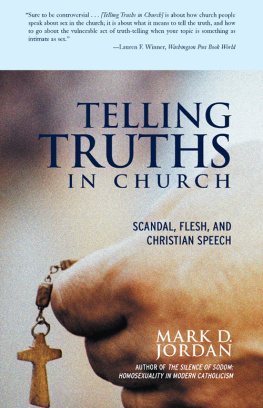
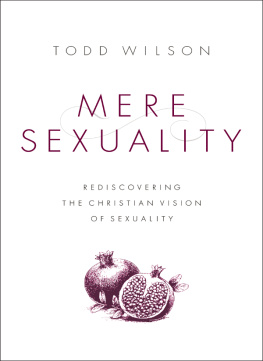

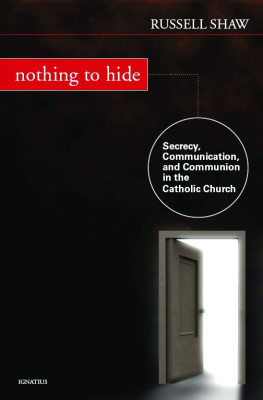
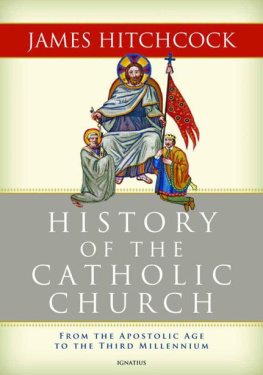


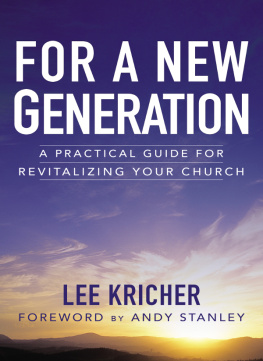
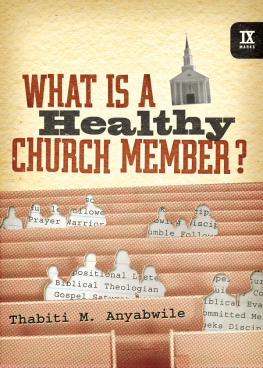




 RUTHS IN A CHURCH CRISIS
RUTHS IN A CHURCH CRISIS